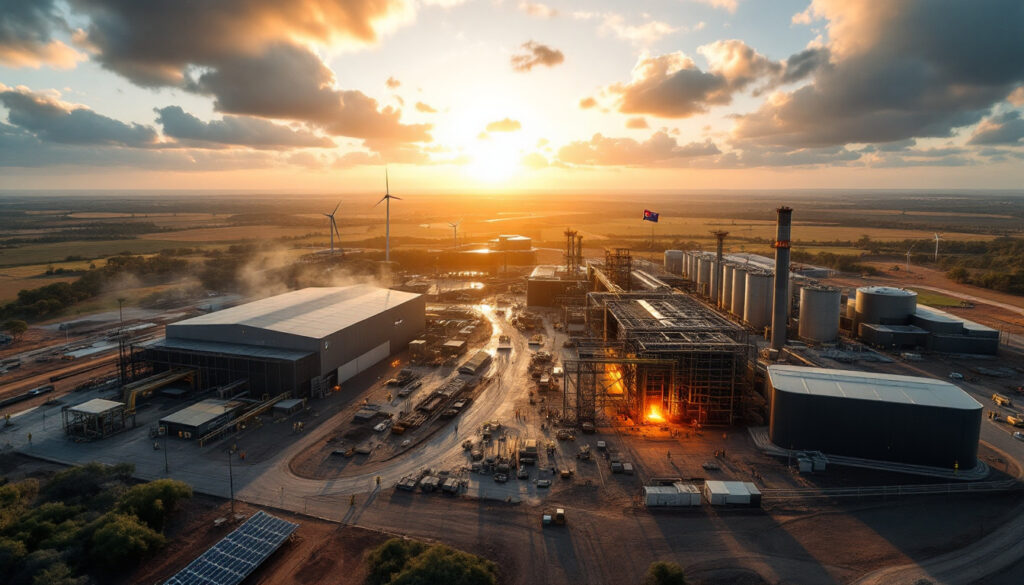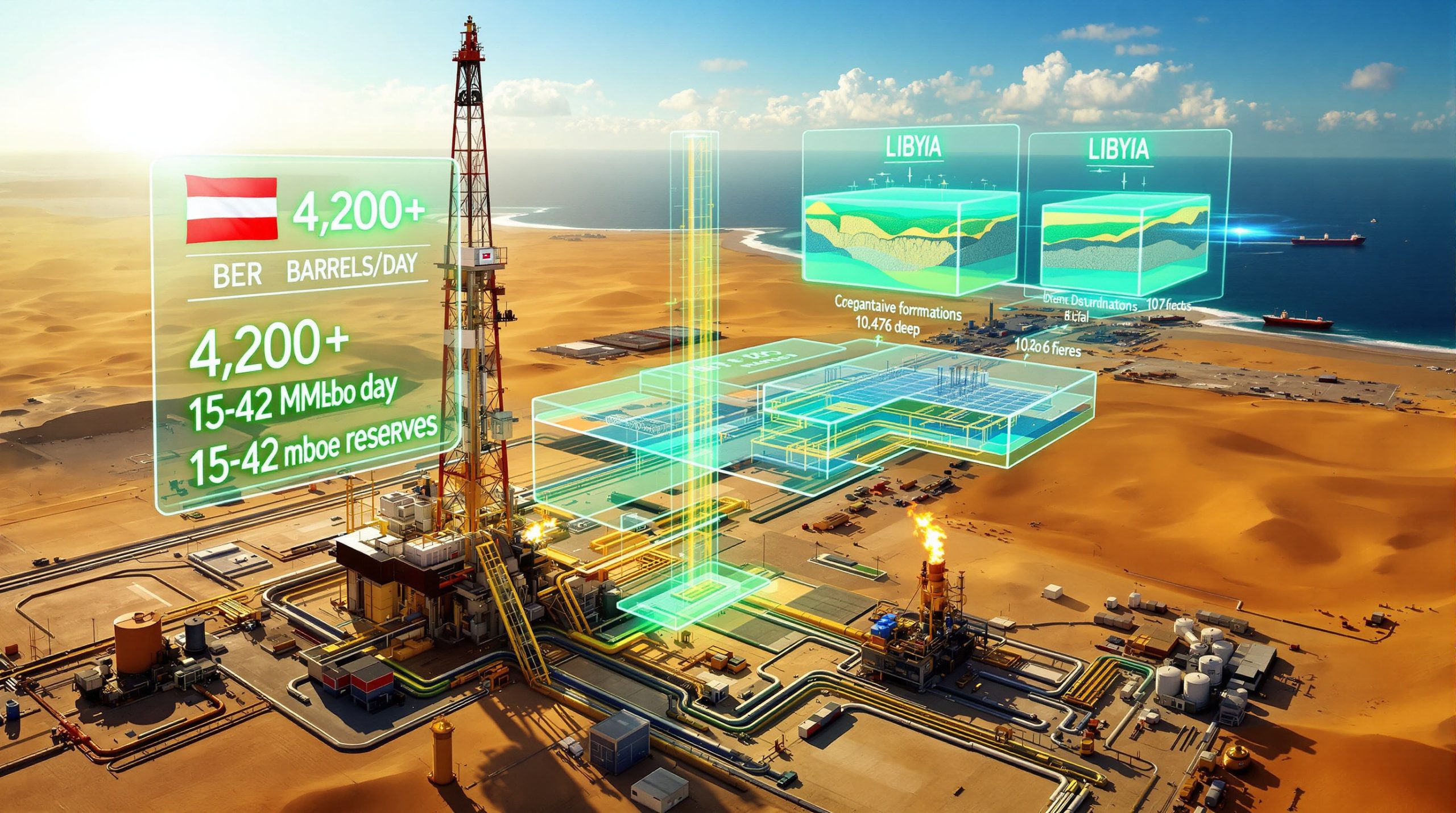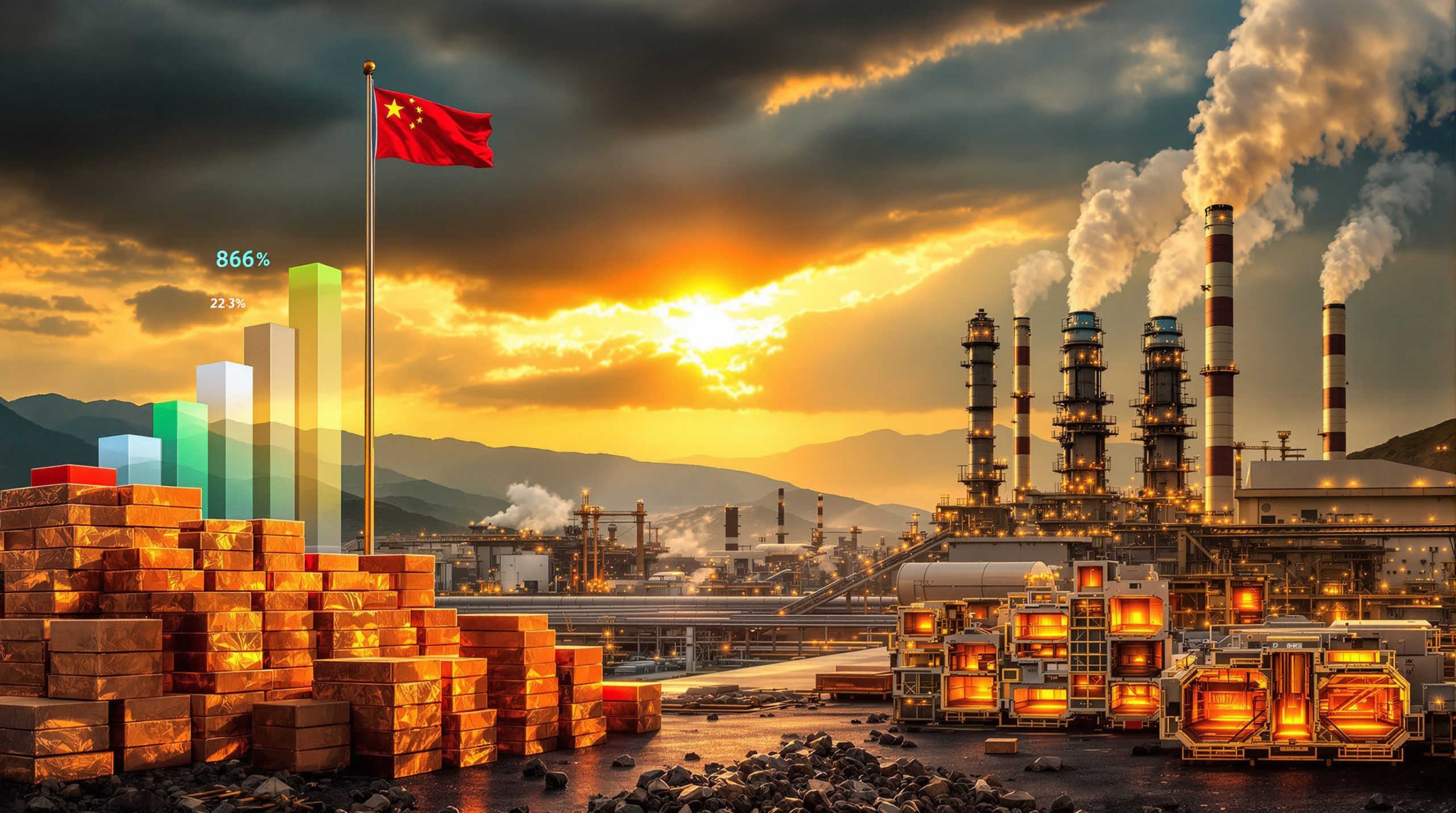What is the Collie Just Transition Plan?
Understanding Collie's Economic Transformation
The Western Australian Government's $662 million investment aims to mitigate economic disruption from coal phase-outs by attracting new industries and retraining workers. Premier Roger Cook emphasized that this initiative is central to the "Made in WA" plan, which prioritizes green manufacturing to align with global decarbonising steel industry trends. The funding supports infrastructure upgrades, research into sustainable materials, and partnerships with private firms to establish Collie as a hub for advanced manufacturing. For instance, $7.5 million from the Collie Industrial Transition Fund enabled Magnium Australia to operationalize a pilot plant for carbothermic magnesium production, a critical material for defense and automotive sectors.
Key Goals and Timeline for Industrial Transformation
The transition timeline spans through 2025, with milestones such as the completion of front-end engineering design for Green Steel of WA's low-emissions facility and Tesla's battery re-manufacturing plant, slated for operational status by October 2025. The plan targets industrial diversification: green steel production aims to reduce emissions by integrating hydrogen-based reduction techniques, while graphite processing facilities will supply anode materials for batteries. These projects are designed to create synergies—for example, recycled steel from the new mill could feed into turbine components for renewable energy infrastructure, enhancing circular economy principles.
How is Green Steel Transforming Collie's Industrial Landscape?
Australia's First Low Emissions Steel Production
Green Steel of WA received $2.7 million in state funding to complete feasibility studies and secure regulatory approvals for its pioneering facility. The project employs hydrogen direct reduction (H-DR) technology, which replaces coking coal with hydrogen to reduce iron ore, cutting CO₂ emissions by up to 90% compared to traditional blast furnaces. This method aligns with global trends, such as Sweden's HYBRIT initiative, but adapts to Australia's abundant iron ore and solar resources for hydrogen production. The facility's final investment decision hinges on renewable energy infrastructure scalability, a challenge addressed through partnerships with state-backed renewable projects.
Steel Recycling Innovation
Collie's steel recycling mill, the first in Western Australia, will process scrap metal using electric arc furnaces powered by renewable energy. This approach not only reduces landfill waste but also lowers embodied carbon in construction materials. For example, recycling one ton of steel saves 1.5 tons of iron ore and reduces CO₂ emissions by 58%. The mill will integrate with the green steel plant to create closed-loop material flows, where scrap from decommissioned coal infrastructure is repurposed into new steel products. This model mirrors circular economy practices seen in the EU's Steel for Packaging initiative but is tailored to regional supply chains.
What Advanced Materials Projects are Being Developed?
Magnium Australia's Magnesium Production Facility
Magnium Australia's $7.5 million pilot plant leverages carbothermic reduction to produce magnesium metal, a process that minimizes greenhouse gas emissions compared to the energy-intensive Pidgeon method. Magnesium's lightweight properties (35% lighter than aluminum) make it ideal for aerospace alloys and electric vehicle components. The Collie facility aims to replace 20% of Australia's imported magnesium by 2030, bolstering supply chain resilience for defense contractors and automakers. The pilot has already yielded 99.9% pure magnesium, with plans to scale production to 50,000 tons annually.
Properties and Applications of Magnesium Production
Magnium's product is non-toxic and exhibits high impact strength, making it suitable for consumer electronics (e.g., laptop casings) and sporting goods (e.g., bicycle frames). The material's corrosion resistance also positions it for marine applications, such as ship components and offshore wind turbine parts. Additionally, magnesium's biocompatibility is being explored for medical implants, though this application remains in early R&D stages.
How is Battery Technology Contributing to Collie's Future?
International Graphite's Battery Anode Material Facility
International Graphite's $12.5 million state-supported facility will produce coated spherical graphite for lithium-ion batteries, targeting a capacity of 20,000 tons annually by 2027. The plant will use hydrofluoric acid-free purification methods, reducing environmental risks associated with conventional anode production. Graphite sourced from nearby mines will be processed into battery-grade material, creating a localized supply chain for Tesla and other EV manufacturers. The project's feasibility study highlights potential cost savings of 15–20% compared to imported anode materials.
Tesla's Battery Re-manufacturing Facility
Tesla's Collie facility, operational by October 2025, will refurbish Megapack batteries, each capable of storing 3.9 MWh—enough to power 3,600 homes for one hour during peak demand. The site will employ robotic disassembly systems to recover lithium, cobalt, and nickel, achieving a 95% material recovery rate. This aligns with Tesla's global strategy to reduce reliance on virgin mining, though challenges remain in standardizing battery designs for efficient recycling. The facility is expected to process 500 Megapacks annually, supporting grid stability as renewable penetration increases.
What Makes Graphite a Strategic Resource in the Transition?
Graphite's Technical Properties and Applications
Graphite's high thermal conductivity (1,500–2,000 W/m·K) and lubricity make it indispensable for crucibles in metal processing and as a refractory material in blast furnaces. Its layered structure allows lithium ions to intercalate efficiently, enabling energy densities exceeding 350 Wh/kg in advanced batteries. Collie's deposits consist of flake graphite, which is preferentially used in anode production due to its higher purity and crystallinity compared to amorphous variants.
Industrial Applications in Collie's New Economy
Beyond batteries, Collie's graphite will supply lubricants for wind turbine gearboxes and graphene research initiatives. The latter explores applications in composite materials for lightweight vehicle frames and conductive inks for flexible electronics. Partnerships with universities aim to commercialize graphene-enhanced concrete, which could reduce cement usage by 30% in infrastructure projects.
What Economic Benefits Will Collie's Transition Deliver?
Job Creation and Workforce Development
The transition plan prioritizes retraining 1,200 coal workers in advanced manufacturing and renewable energy sectors by 2026. Programs include apprenticeships in robotics maintenance for Tesla's facility and certifications in hydrogen safety for green steel operatives. New roles such as battery chemists and metallurgical engineers are expected to comprise 40% of job growth, with average salaries 25% above regional norms.
Industrial Diversification Strategy
Collie's GDP is projected to grow by 4.2% annually through 2030, driven by exports of green steel and magnesium. The town's industrial estate will co-locate complementary industries—for example, hydrogen production sites adjacent to steel mills—to minimize transportation costs. This model mirrors Germany's Ruhr Valley transition but emphasizes renewable integration over natural gas.
FAQ About Collie's Industrial Transition
What is the total government investment in Collie's transition?
The Western Australian Government has committed more than $662 million toward Collie's industrial transition away from coal dependency.
Which companies are developing new facilities in Collie?
Key companies include Green Steel of WA, Magnium Australia, International Graphite (ASX:IG6), and Tesla (NASDAQ:TSLA), each developing specialized industrial facilities.
When will Tesla's battery facility be operational?
Tesla's battery re-manufacturing facility is currently under construction with completion expected in October 2025.
What types of products will be manufactured in Collie?
The new industrial hub will produce low-emissions steel, recycled steel, magnesium metal, graphite products for batteries, and refurbished battery systems.
How does this transition support Western Australia's economic goals?
The Collie transition aligns with the "Made in WA" plan, which focuses on establishing green manufacturing capabilities, particularly in the iron and steel sectors.
Conclusion
Collie's transition exemplifies how targeted public investment and private innovation can revitalize fossil fuel-dependent regions. By coupling green steel with advanced materials and battery minerals demand, the WA Government has created a blueprint for sustainable industrial diversification. Future success depends on scaling renewable energy infrastructure and maintaining workforce engagement through continuous upskilling programs. Addressing ESG challenges in mining and promoting investments in human capital will be crucial to ensure the transition's long-term sustainability.
Disclaimer: This article contains forecasts and projections about future economic performance and industrial development that are based on current information. These predictions are subject to change due to market conditions, regulatory developments, technological advancements, and other factors outside our control.
Looking to Stay Ahead in Critical Minerals and Green Energy Investments?
Discovery Alert's proprietary Discovery IQ model instantly notifies investors about significant ASX mineral discoveries that could transform sectors like Collie's green steel and battery materials initiatives, giving you a strategic advantage in identifying promising opportunities before they reach mainstream attention. Explore how major mineral discoveries can lead to exceptional returns by visiting Discovery Alert's dedicated discoveries page and start your 30-day free trial today.




